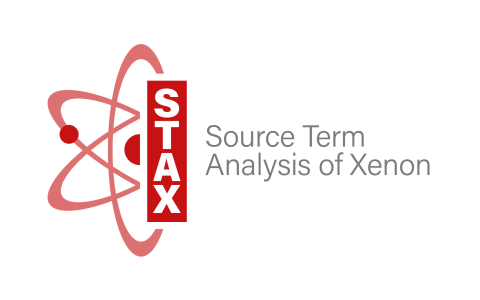The Source Term Analysis of Xenon (STAX) Project

The “Source Term Analysis of Xenon” (STAX) project is a United States initiative to support global monitoring for nuclear explosions by providing stack monitoring equipment to measure effluents from the stacks of nuclear facilities that emit radioactive xenon.
The scientific community has identified emissions of radioactive xenon from nuclear facilities as a dominant confounding source of background to nuclear explosion monitoring systems such as the Comprehensive Nuclear-Test-Ban Treaty (CTBT) International Monitoring System (IMS) operated by the Preparatory Commission for the Comprehensive Nuclear-Test-Ban Treaty Organization (CTBTO PrepCom) - (see https://www.ctbto.org/). While the amount of radioactive xenon emitted by facilities is not hazardous to the population or harmful to the environment, the radioactive isotopes emitted are detected frequently in the ultra sensitive IMS.
Adding this measurement equipment to the stacks of these facilities will allow experts to account for the effect of emissions from these facilities on the IMS and make it possible to more easily screen out emissions from these facilities as not being potential events of interest.
The United States fully funds the STAX project through the Pacific Northwest National Laboratory (PNNL). The project seeks to install stack monitoring equipment at all major fission-based medical isotope production facilities within five years, and participation in the project is purely voluntary. Data flows from the stack monitoring equipment to a protected PNNL database accessible through the internet, under dual control of the facility and PNNL. The facility determines who gets access to the data.
Several STAX systems have been installed and are in operation including in Argentina, Australia, Belgium, the United Kingdom, and the United States.
Please contact Lori Metz, lori.metz@pnnl.gov, for further information.